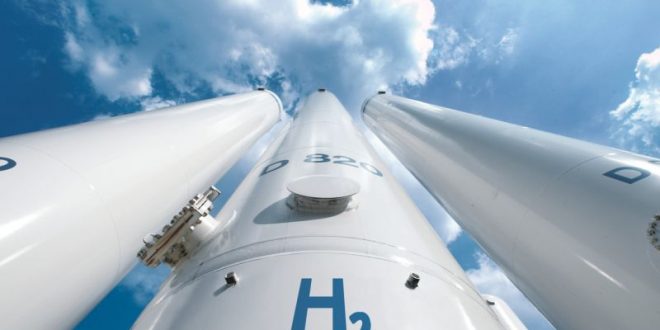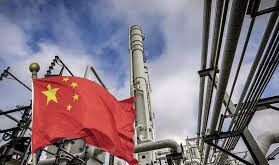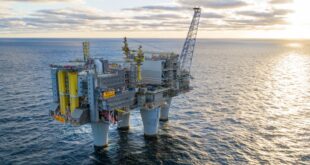Hamburg’s Senator for Economic Affairs sees great potential for the creation of a hydrogen corridor from Hamburg via Copenhagen to Oslo.
Branding the region as a green hub and jointly promoting green initiatives and investments would unlock numerous opportunities, according to Senator Michael Westhagemann.
“We want to intensify the exchange. Together we speak with a much stronger voice in Europe and internationally. Denmark is an important partner for building green industries and for achieving our climate goals,” he said.
With the Fehmarnbelt crossing, there is a chance that the metropolitan region of Hamburg with the “Greater Copenhagen Region” and its approximately 4 million inhabitants will grow together to form a larger region, with the aim of jointly bringing more innovation on the way and becoming more globally visible and attracting more investment.
The senator is taking part today in the Copenhagen Business Forum. The organizers are the Hamburg Chamber of Commerce, the Danish Industry Association and the German-Danish Chamber of Commerce. The focus is on the question of how green growth between Germany and Denmark can be promoted.
Other items on the agenda include talks with the Danish Industry Association, which deals with the decarbonization of industry with the help of hydrogen.
At a round table “Hydrogen – Shaping the Future Together” organized by Rambøll and the industry association with the leading representatives of the Danish hydrogen industry and the Danish energy minister Dan Jørgensen, central representatives of Hamburg meet with the leading Danish companies in the hydrogen industry, including Ørsted, Copenhagen Infrastructure Partners, MAN Energy Solutions, Danfoss, Port Esbjerg.
“We want to build a functioning hydrogen economy in Northern Germany by 2035 and be able to supply all interested customers with green hydrogen,” Westhagemann continued.
“The period up to 2030 is the decisive phase in the market ramp-up. That is why we want to build up 500 MW electrolysis capacity in northern Germany by 2030 and 5 GW electrolysis capacity by 2035. However, it is clear to us that as we scale our hydrogen ecosystem, we will quickly reach our capacity limits. That is why we are dependent on imports.“
“It would be a great opportunity for our two countries, for companies on both sides, if Hamburg, with its great demand, and Denmark, with its great potential for green electricity and hydrogen, complemented each other. Thanks to the landside connection, our countries have the best prerequisites for quick construction of the ecologically and economically best H2 transport system. Together we could become a leading region for hydrogen – with positive effects on pan-European economic strength and competitiveness.”
Germany has launched numerous programs in an effort to facilitate its transition to a hydrogen economy in the coming years.
The country recently created the H2Global foundation with an aim to purchase green hydrogen or derivatives abroad with long-term contracts for resale in Germany via annual auctions. In this way, the country will secure a long-term supply of green energy sources.
A total of €20 to 30 billion in funding is to be provided for the development of green hydrogen in Germany.

 Iran Energy News Oil, Gas, Petrochemical and Energy Field Specialized Channel
Iran Energy News Oil, Gas, Petrochemical and Energy Field Specialized Channel



